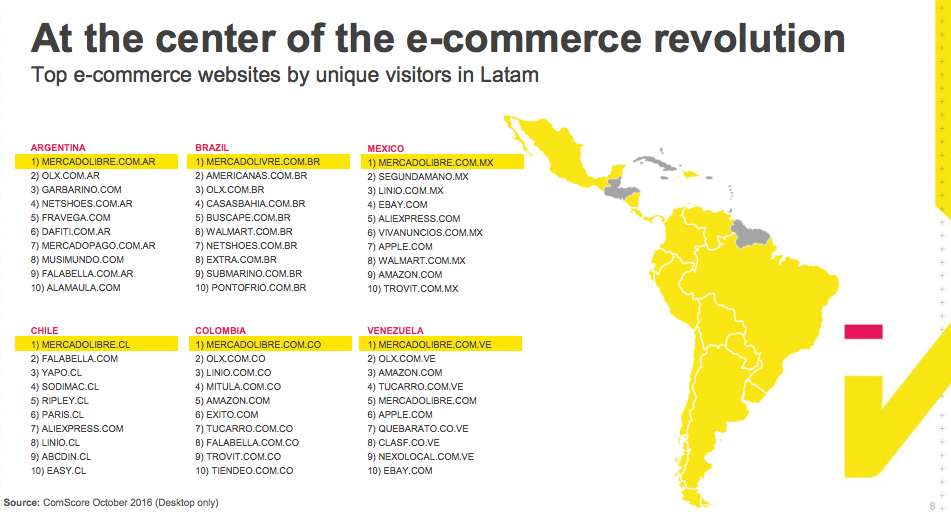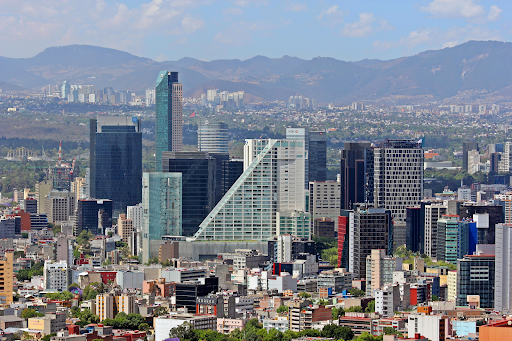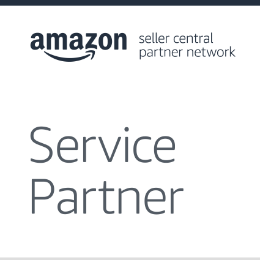
If you’ve been trying to figure out how to start an e-commerce business without getting instantly pummeled by the big guys (ahem, Amazon), there are some tricks to the trade. To reap the benefits of e-commerce in Latin America, you need to take the plunge. You might fear getting lost in a sea filled with millions of other e-commerce sites, but we can help.
Here we share some tips on how to start an e-commerce business in Latin America. First, let’s break down the pros and cons.
The Pros of Starting an E-Commerce Business in Latin America
Latin America is a geographically and demographically diverse region, with 33 countries and over 626 million residents. Essentially, Latin America has twice the population of the United States, with residents who are still relatively new to e-commerce shopping. With the right amount of planning and research, you can unlock a vast new market that comparatively few others have managed to reach.
Unlike the U.S. market, which is dominated by Amazon (49.1% of the country’s e-commerce market share in 2018), its presence in the Latin American e-commerce market is developing. MercadoLibre, for example, dominates the region while Amazon is still looking to expand there. In fact, MercadoLibre operates in 13 Latin American countries and is confident it can withstand competition.

While MercadoLibre’s market share is similar to Amazon’s in the United States, the difference is that the Latin American marketplace itself is rapidly expanding. The overall Latin American e-commerce growth in 2018 was 17.9%, beating out the U.S. compound annual growth of 8.3% the same year.
Latin American e-commerce growth is being driven by social developments. For one thing, it’s the second-fastest growing market of mobile subscribers. More people than ever have access to reliable internet and e-commerce sites in Latin America, and by 2020 63% will have access to mobile internet. As the Latin American Business School suggests, the prospects of mobile e-commerce are emerging as a real challenger to brick-and-mortar stores:
“If you enter into the mobile e-commerce market of a country in Latin America, you’ll have the chance to get out ahead of the game, because e-commerce as a concept is still fairly new in the region. In the absence of an industry-changing giant like Amazon coming along and disrupting everything with pioneering logistics and the ability to offer prices that other retailers can’t match, brick-and-mortar stores have been able to retain their customer bases. But this isn’t enough to stop the march towards e-commerce.”
E-commerce has the potential to provide more choice for Latin American consumers than traditional brick-and-mortar stores. Savvy e-commerce retailers have a golden opportunity to get out in front of a rapidly expanding market, if they go in with eyes wide open.

The Cons of Starting an E-Commerce Business in Latin America
Starting an e-commerce business in Latin America has some inherent risks and challenges, though.
As is the case with many regions around the world, Latin America is susceptible to political and economic volatility. On the economic side, 2019 is likely to be a year of fluctuation, but the long-term regional outlook looks promising according to most analysts. The strength of the Latin American market lies in the long-term development of the region, namely in infrastructure. In particular, countries like Mexico and Brazil are propelling the region forward.
The political problems of some countries in Latin America are well-documented—namely, Venezuela. The complicated political situation there stems in large part from the country’s economy, which relies almost entirely on the petrol industry. With the price per oil barrel lower, oil production dropping, and the placement of devastating sanctions on the country, Venezuela has become unstable.
The problems in Venezuela are unique, however, and most of Latin America enjoys a peaceful and increasingly prosperous economy.

When it comes to e-commerce specifically, Latin America presents some special circumstances for international retailers not familiar with the customs and cultures in each country.
-
Payment barriers present a challenge for international retailers. Credit cards and banking are less common in Latin America than in many other parts of the world. If e-commerce retailers rely solely on credit card payments or services like PayPal, that could affect sales. Retailers need to familiarize themselves with and start accepting the most popular cash payment methods in each country to be successful. Some of these include:
-
Boleto Bancário in Brazil
-
OXXO voucher in Mexico
-
Vía Baloto in Colombia
-
Pago Efectivo and Safety Pay in Peru
-
-
The logistics infrastructure in the region is inconsistent, especially as you ship further away from big metropolitan areas. While certain countries don’t have the necessary roads or railways to match the United States and Europe for parcel delivery speeds, some of the bigger countries like Chile and Mexico provide above-average logistics experiences. Plus, private-public partnership investment is increasing, with the goal of making more of the region accessible.
-
Unlike the United States and Europe, Latin America is a diverse trade zone. Each country brings its own customs requirements and industry regulations. For retailers selling goods that may face enhanced scrutiny—such as those in the food, health, and electronics industries—special considerations may be needed.
How to Start an E-Commerce Business in Latin America
Despite the challenges of starting an e-commerce business in Latin America, the opportunities are significant. Let’s go over the basic steps to show you how to start an e-commerce business in Latin America.
Find Your Niche
The product (or products) you’re selling will determine how far your business goes—especially when you have to deal with exporting, customs, and different laws. Before committing to a specific product or group of products, find out how that product is affected by trade agreements and regulations.
Once you’ve determined that you can sell your product internationally, the next step is to figure out whether people in Latin America want your product. There are several reputable companies, such as EuroMonitor and SIS International, that provide in-depth consumer research data. Another option is to peruse the big e-commerce platforms in the region, like MercadoLibre and Amazon, to determine what products are popular in Latin America already.
Start with One Country
Starting an e-commerce business in Latin America is a daunting prospect. The solution? Start with one country instead of trying to boil the ocean. How do you decide which country to start with, though?
First, choose a country with an economy that’s projected to grow over the next few years to give your e-commerce business time to establish a foothold in that market. Then, determine which of the surrounding countries you could do business in. Do you have a grasp of Spanish or Portuguese? Are there countries you’re willing or unwilling to visit when business demands it? These questions can help you narrow your choices.
Set Up the Business Necessities
The backbones of the e-commerce industry are websites and banking. The choices you make in both areas are even more important when doing business in Latin America.
For your web presence, you can use established marketplaces like eBay, Amazon, or MercadoLibre. These sites reduce the amount of setup work required, and, for an added bonus, consumers inherently trust them. However, using these marketplaces instead of your own web platform that you have complete control over adds another layer of complexity (consider your inventory tracking) as well as costs for the marketplace fees. With thin margins common in international e-commerce, these fees can be the difference between being in the red and in the black.

When it comes to collecting payments, you have several options:
-
Traditional credit card options are useful, but might only be used by a small percentage of consumers.
-
If you’re using a cross-border marketplace like MercadoLibre, you can rely on their payment processing.
-
Work with companies like dLocal and PayU that collect the funds for you in local currencies, reducing the amount of headaches in the long run.
To determine what’s right for your business, consult financial and legal advisors specializing in the region or country you’re targeting.
Get Your Logistics in Order
Logistics is one of the biggest hurdles for people learning how to start an e-commerce business in Latin America. The high costs can be daunting, and traditional fulfillment methods that work in one country can be a challenge when you move across the region. If you’re packing every item for shipping in your basement, you’re probably adding unnecessary time and cost to the shipping process, which may make your product less desirable than local alternatives.
The key to getting logistics in order when shipping to a new country is to find a logistics partner with experience in the region. The unique challenges of Latin American logistics—differing customs processes across countries, the final mile delivery, the difficulty of processing returns—take a skilled provider with years of experience. Logistics partners like SkyPostal that specialize in Latin American shipping have the regional network in place to overcome these challenges.
Depending on the countries you’re shipping to, SkyPostal can help you determine when to use fulfillment centers and what shipping methods make the most sense for your customers, and also provide door-to-door tracking and inventory integration technology that many other companies can’t match.
If you’re looking for a new logistics partner as you expand into Latin America, contact SkyPostal today. We have decades of experience delivering superior logistics for international e-commerce retailers shipping to the region.

